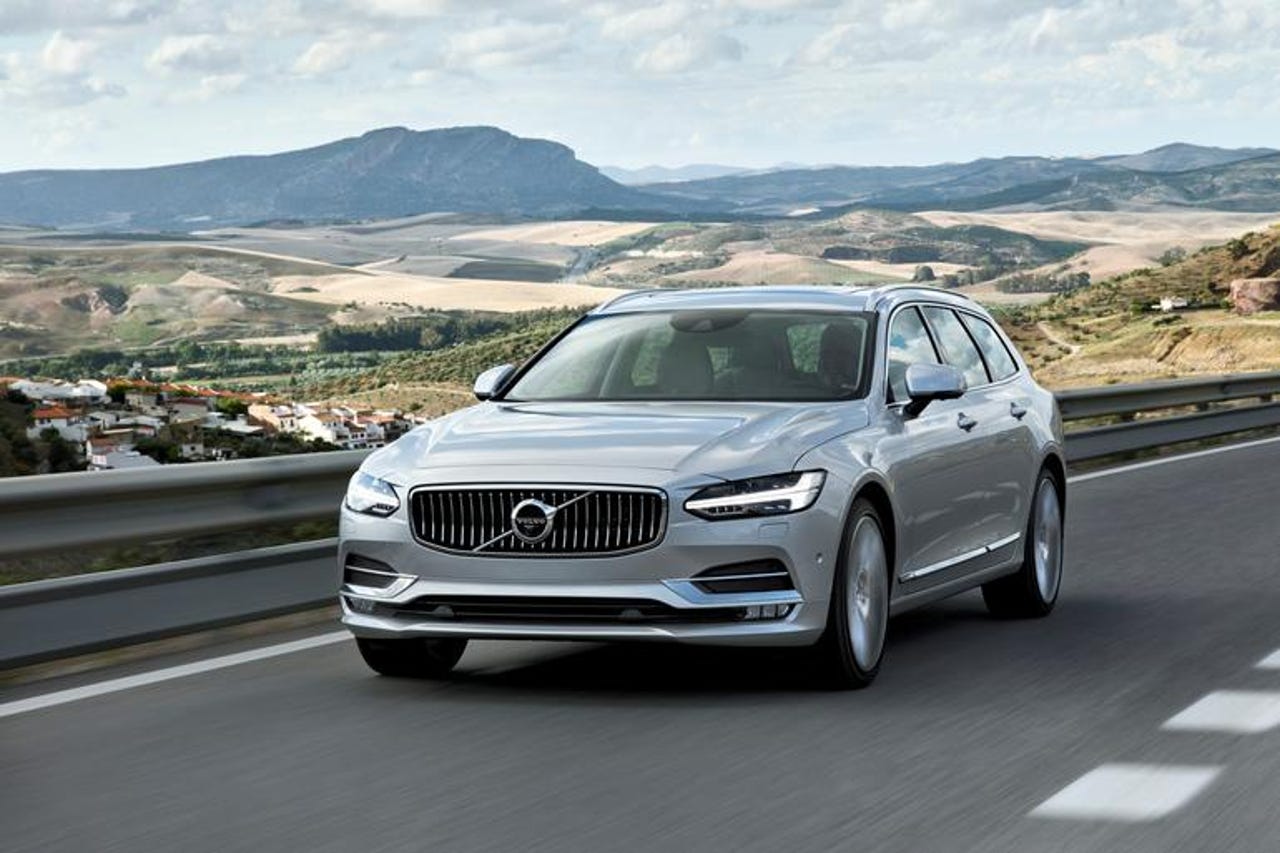Volvo goes with Nvidia Xavier for assisted driving


Volvo has teamed up with Nvidia to use the latter's Drive AGX Xavier platform in its next generation of cars set to hit the road early next decade.
An earlier partnership between the pair said artificial intelligence (AI)-enabled vehicles would be on the market in 2021.
Although Xavier was touted as being built to handle level 5, or fully autonomous, driving when launched at the start of the year, the companies said that the initial release will be "Level 2+".
Further, Xavier would be used for "new connectivity services, energy management technology, in-car personalisation options", the companies said.
"Autopilot done right will bring a jump in safety and driving comfort. Your car will drive you and constantly watch out for you. Making this possible will require sensor architecture, AI software, computing, and safety technology like nothing the world has ever made," Nvidia CEO Jensen Huang said during his GTC Europe keynote.
See: Autonomous driving levels 0 to 5: Understanding the differences (TechRepublic)
The companies said they are working on "uniquely integrating 360-degree surround perception", along with a driver monitoring system.
Nvidia rates its Drive AGX Xavier system as being capable of 30 trillion operations per second and using only 30 watts of power across six different processors on the board.
At the start of the year, Nvidia inked a similar deal with Continental that will be the Drive platform used from 2021.
Alongside Xavier, Nvidia also has its Pegasus platform, which contains a pair of Xavier system-on-a-chip processors and a pair of TensorCore GPUs, that is rated at 320 trillion operations per second.
During Wednesday's keynote, Nvidia also announced a new set of libraries for GPU-accelerated analytics and machine learning, dubbed Rapids.
In June, Nvidia unveiled Kubernetes on GPUs for use in multi-cloud GPU clusters.
Related Coverage
Nvidia RAPIDS accelerates analytics and machine learning
New open source libraries from Nvidia provide GPU acceleration of data analytics an machine learning. Company claims 50x speed-ups over CPU-only implementations.
Nvidia outlines inference platform, lands Japan's industrial giants as AI, robotics customers
The news highlights Nvidia's traction in AI and the data center.
Nvidia takes a hit on weak Q3 guidance
The graphics chipmaker's second quarter financial results show growth is slowing compared to previous quarters.
Nvidia unveils new GPU architecture for computer graphics rendering
The Turing Architecture combines ray-tracing and AI inference for a new kind of hybrid rendering.
Google Cloud adds support for Nvidia's Tesla P4 GPU (TechRepublic)
The compute accelerator is optimized for graphics-intensive applications and machine learning inference.